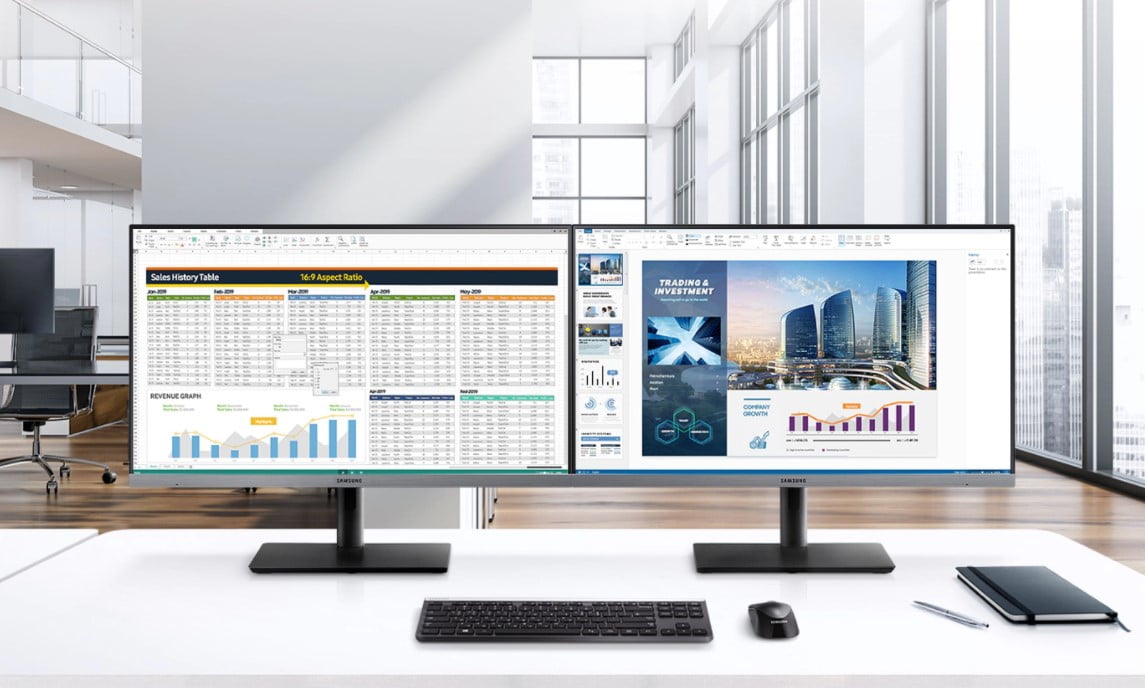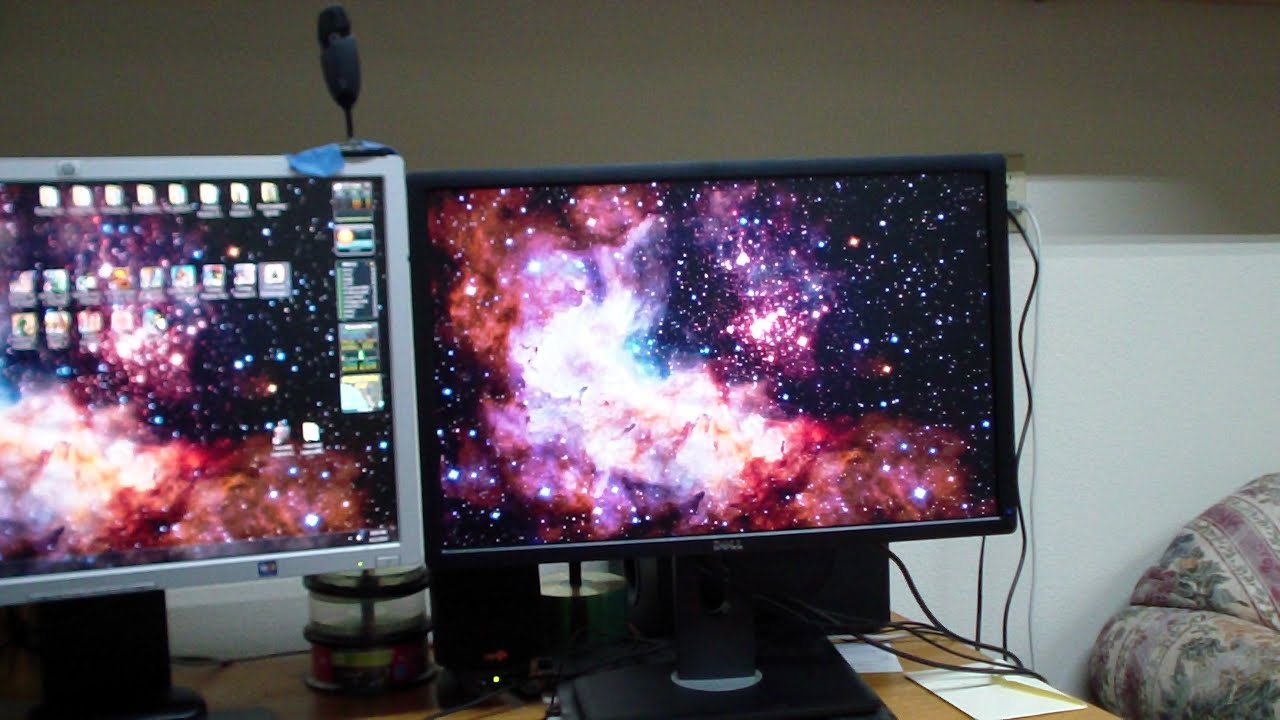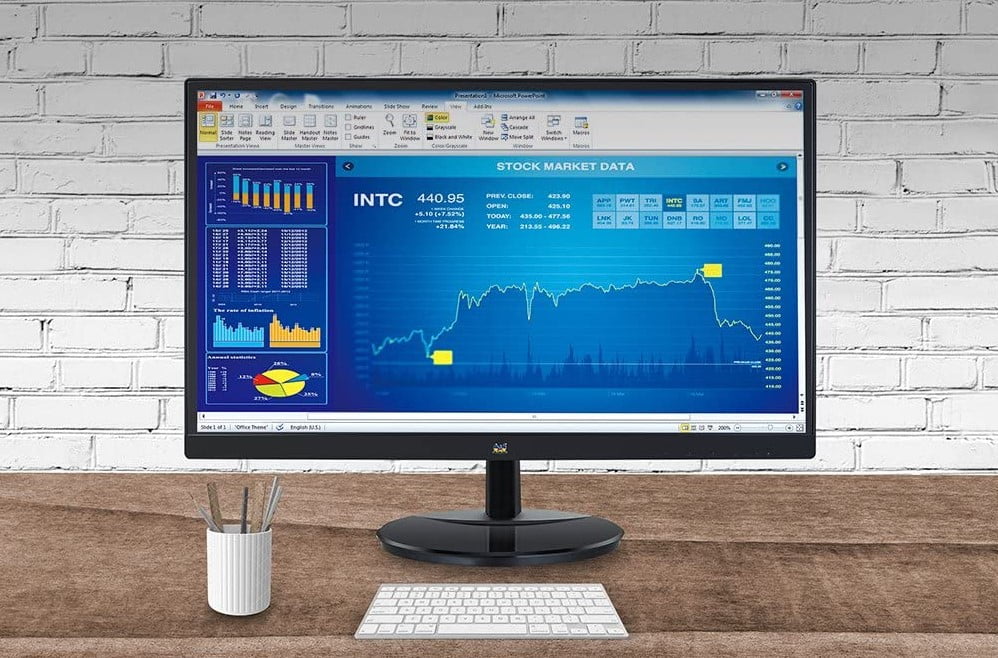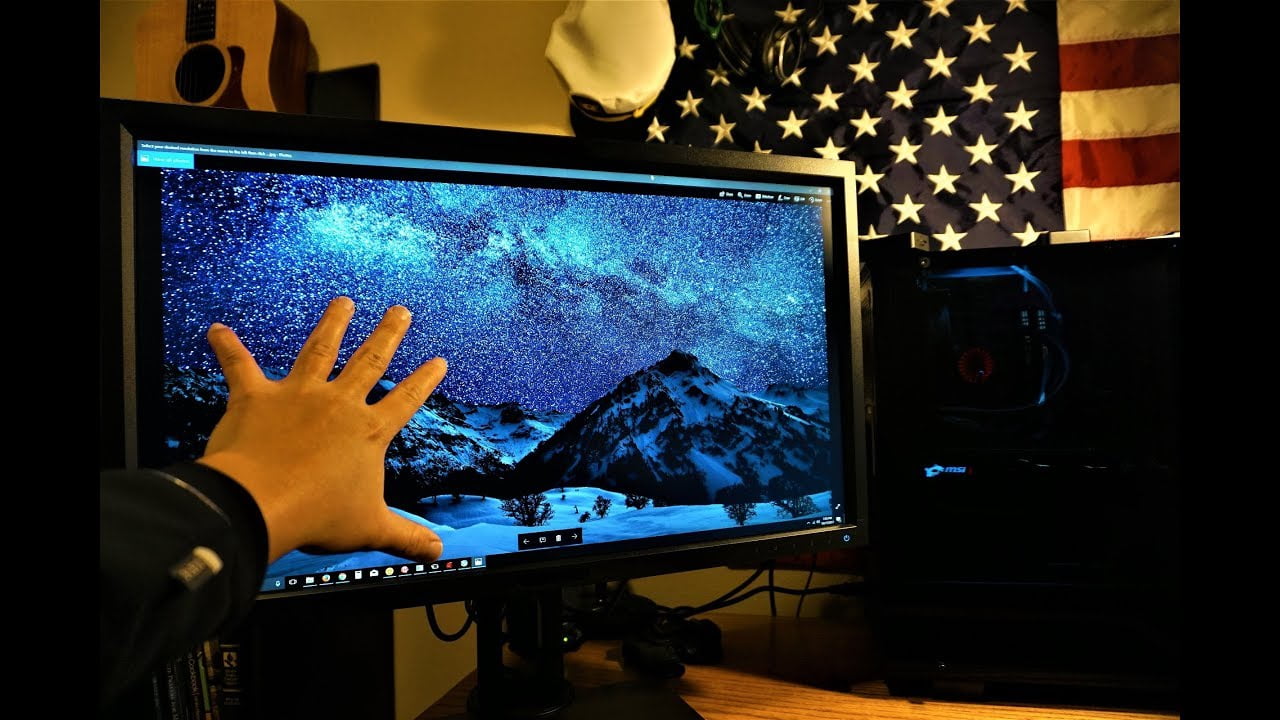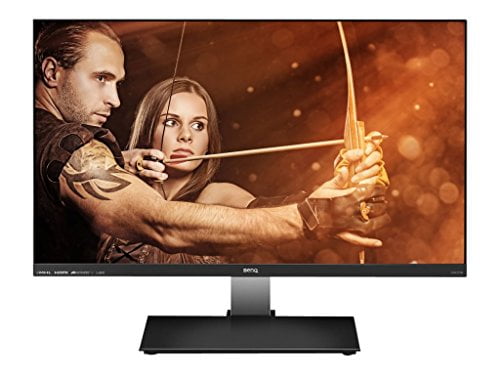When it comes to modern gaming monitors, there is plenty of lingo that the average consumer may not understand. For instance, you may have encountered the term FreeSync. What does FreeSync mean and is FreeSync worth it? Keep reading to learn all about it.
KEY TAKEAWAYS:
- FreeSync is an adaptive sync technology developed by industry leader AMD, the same company that manufactures high-end GPUs.
- FreeSync creates a variable refresh rate between the GPU and the monitor, reducing screen-tearing and stuttering.
- Generally speaking, FreeSync-enabled monitors are a bit cheaper than G-Sync monitors.
What is AMD FreeSync?
In order to figure out if FreeSync is worth it, you will have to understand exactly what it is and what it does, especially when you’re learning to set up your new gaming monitor. FreeSync is an adaptive sync technology developed by industry giant AMD. It works to regulate the refresh rate between a computer’s GPU and the monitor.
Insider Tip
Adaptive sync makes sure that the refresh rate of the GPU is constantly adapting to the predetermined refresh rate of the monitor.
Who Needs Adaptive-Sync Technology?
Nearly everyone can benefit from some form of adaptive sync technology. Why? Computer monitors are extraordinarily stable when it comes to their refresh rate. GPUs, on the other hand, tend to be rather erratic as it reacts to the needs of the CPU and the demands of the gaming application. The GPU will vary the refresh rate sent to the monitor, but the monitor will only be equipped to deal with a single predetermined refresh rate. The end result? You will witness screen-tearing as you game, which is when the monitor shows two different images at once. At that point, you might wonder if a gaming monitor is worth it.
How Does Adaptive-Sync Tech Work?
There are a few different ways in which adaptive-sync technologies work, but they all share certain commonalities. Generally speaking, adaptive sync makes sure that the refresh rate of the GPU is constantly adapting to the predetermined refresh rate of the monitor. That is exactly what G-Sync also does.
Insider Tip
FreeSync monitors create a variable refresh rate that changes when needed to match the demands of the GPU and the CPU.
Benefits of FreeSync
There is a reason AMD’s FreeSync is one of the two major players on the block, as it offers certain benefits.
Reduced Screen-Tearing and Stuttering
FreeSync’s intended job is to reduce or eliminate screen-tearing and screen stuttering. In other words, if you have a FreeSync-enabled gaming monitor, these two issues should become relics of the past. FreeSync monitors create a variable refresh rate that changes when needed to match the demands of the GPU and the CPU.
Budget-Friendly
FreeSync monitors tend to be cheaper than NVIDIA G-Sync monitors. NVIDIA is extremely selective and hands-on when it comes to the implementation of its proprietary hardware. AMD is a bit more lenient, so there are many more FreeSync-enabled displays on the market than G-Sync displays. This leads to competition, which leads to lower prices.
Warning
Computer monitors are extraordinarily stable when it comes to their refresh rate. GPUs, on the other hand, tend to be rather erratic as it reacts to the needs of the CPU and the demands of the gaming application.
F.A.Q.
AMD FreeSync vs NVIDIA G-Sync. Which is better?
There is no clear victor here. They each perform their job admirably. FreeSync monitors may not all boast the same standard of excellence, as AMD is more hands-off than NVIDIA. G-Sync monitors, though, tend to be more expensive.
Is 60Hz FreeSync worth it?
Yes. Adaptive sync is worth it at any refresh rate. It’s not the actual refresh rate that matters, it is the idea that this refresh rate will be stabilized and kept in sync with the GPU.
Should I keep FreeSync on if I don’t use it?
There is no reason to turn FreeSync off when not in use, as it is not a significant power draw. You can go into the settings and turn it off if you want to though.
STAT: There are FreeSync (as well as G-Sync) displays that operate at 30 Hz or, according to AMD, even lower. (source)





























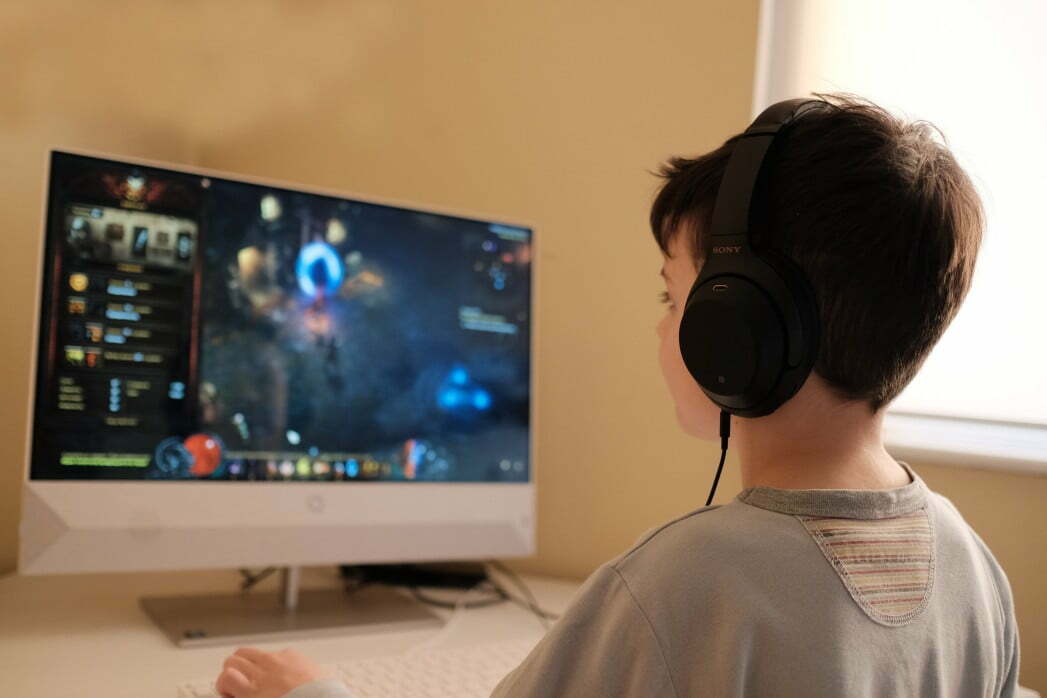
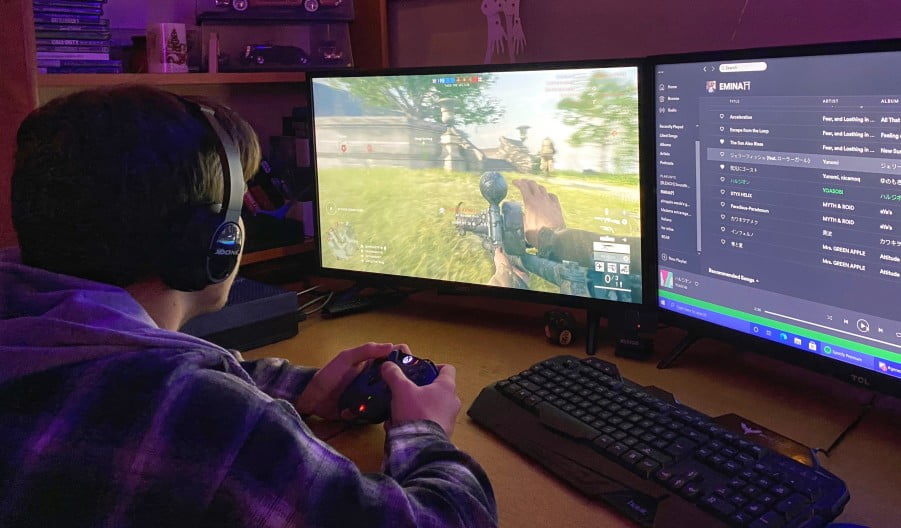
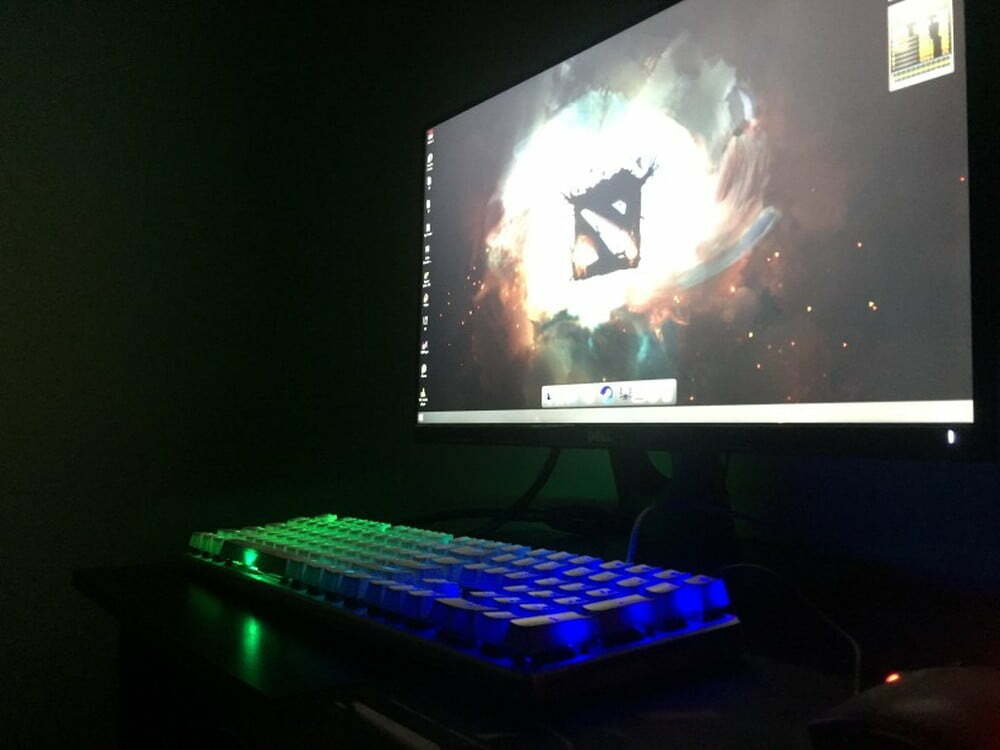



![Best 27 Inch Computer Monitor in [year] 27 Best 27 Inch Computer Monitor in 2026](https://www.gadgetreview.dev/wp-content/uploads/how-to-buy-the-best-computer-monitor.jpg)
![Best BenQ Monitors in [year] 28 Best BenQ Monitors in 2026](https://www.gadgetreview.dev/wp-content/uploads/best-benq-monitor-image.jpg)
![Best ASUS Monitors in [year] 29 Best ASUS Monitors in 2026](https://www.gadgetreview.dev/wp-content/uploads/best-asus-monitor-image.jpg)
![Best Dell Monitors in [year] 30 Best Dell Monitors in 2026](https://www.gadgetreview.dev/wp-content/uploads/best-dell-monitor-image.jpg)
![Best HP Monitors in [year] 31 Best HP Monitors in 2026](https://www.gadgetreview.dev/wp-content/uploads/best-hp-monitor-image.jpg)
![Best Lenovo Monitors in [year] 32 Best Lenovo Monitors in 2026](https://www.gadgetreview.dev/wp-content/uploads/best-lenovo-monitor-image.jpg)
![Best ViewSonic Monitors in [year] 33 Best ViewSonic Monitors in 2026](https://www.gadgetreview.dev/wp-content/uploads/best-viewsonic-monitor-image.jpg)
![Best Gigabyte Monitors in [year] 34 Best Gigabyte Monitors in 2026](https://www.gadgetreview.dev/wp-content/uploads/best-gigabyte-monitor-image.jpg)
![Best Monitors for PS4 Pro Gaming in [year] 35 Best Monitors for PS4 Pro Gaming in 2026](https://www.gadgetreview.dev/wp-content/uploads/best-monitors-for-ps4-pro-image.jpg)
![Best Monitor for Xbox Series X in [year] 36 Best Monitor for Xbox Series X in 2026](https://www.gadgetreview.dev/wp-content/uploads/best-monitor-for-xbox-series-x-image.jpg)
![Best Acer Monitors in [year] 37 Best Acer Monitors in 2026](https://www.gadgetreview.dev/wp-content/uploads/best-acer-monitor-image.jpg)
![Best MSI Monitors in [year] 38 Best MSI Monitors in 2026](https://www.gadgetreview.dev/wp-content/uploads/best-msi-monitor-image.jpg)
![Best SAMSUNG Monitors in [year] 39 Best SAMSUNG Monitors in 2026](https://www.gadgetreview.dev/wp-content/uploads/best-samsung-monitor-image.jpg)
![Best LG Monitors in [year] 40 Best LG Monitors in 2026](https://www.gadgetreview.dev/wp-content/uploads/best-lg-monitor-image.jpg)
![Best AOC Monitors in [year] 41 Best AOC Monitors in 2026](https://www.gadgetreview.dev/wp-content/uploads/best-aoc-monitor-image.jpg)
![Best Philips Monitors in [year] 42 Best Philips Monitors in 2026](https://www.gadgetreview.dev/wp-content/uploads/best-philips-monitors-image.jpg)
![Best Monitors For PUBG in [year] 43 Best Monitors For PUBG in 2026](https://www.gadgetreview.dev/wp-content/uploads/best-monitor-for-pubg-image.jpg)
![Best Stream Decks in [year] 44 Best Stream Decks in 2026](https://www.gadgetreview.dev/wp-content/uploads/best-stream-deck-image.jpg)
![Best Monitors for Streaming in [year] 45 Best Monitors for Streaming in 2026](https://www.gadgetreview.dev/wp-content/uploads/best-monitor-for-streaming-image.jpg)
![Best Monitors For Flight Simulator in [year] 46 Best Monitors For Flight Simulator in 2026](https://www.gadgetreview.dev/wp-content/uploads/best-monitor-for-flight-simulator-image.jpg)













